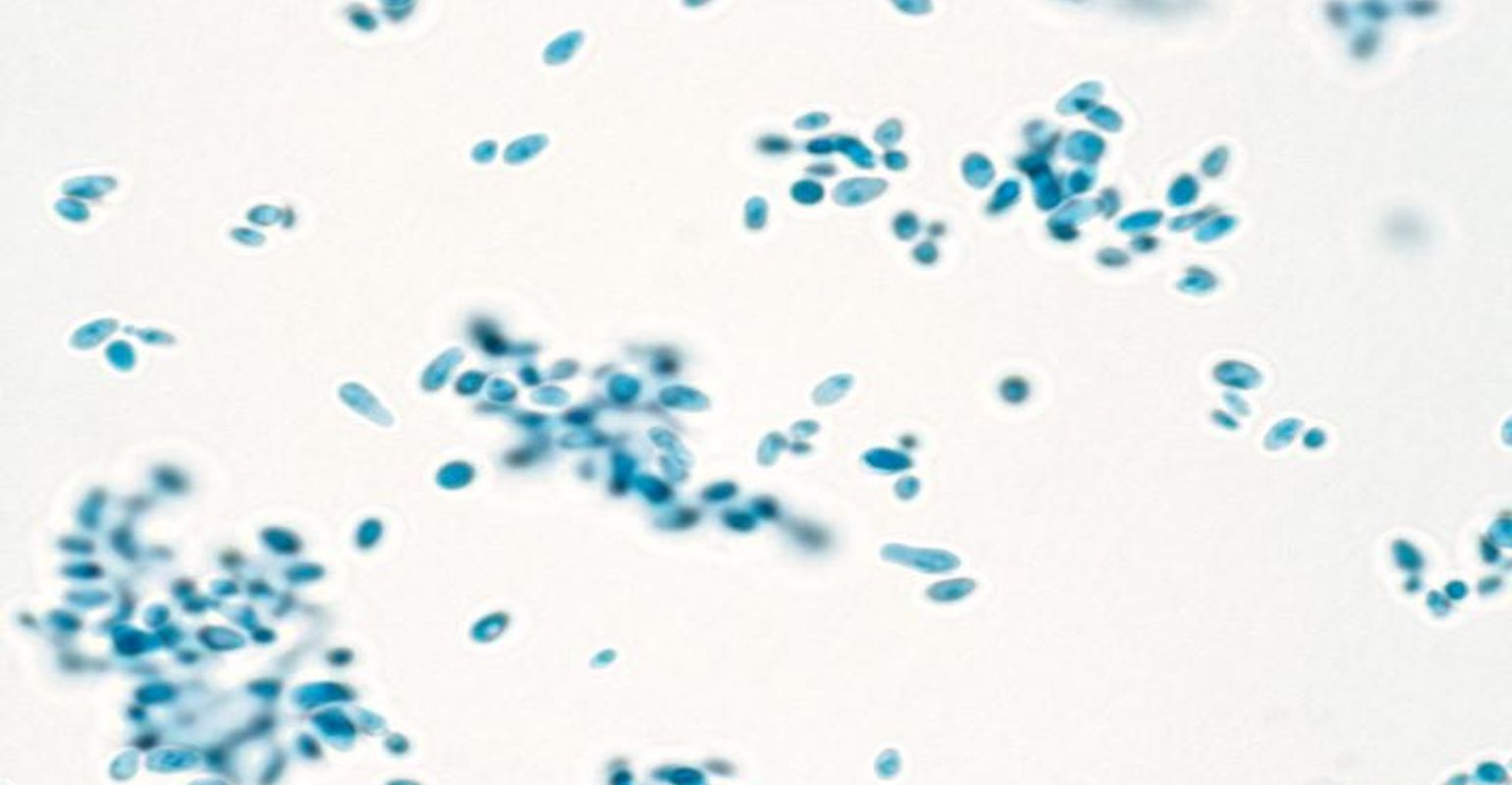Potential Solutions for Limiting Exposure to Candida auris in Healthcare Facilities

Researchers show that procedures used to contain Candida auris infection in an animal facility can potentially be applied to hospitals and nursing homes to limit its spread.
A new study published in the Journal of Occupational and Environmental Health has established protocols for containing the drug resistant Candida auris (C. auris ) in an animal facility, and by doing so, has identified four simple rules that can potentially be adopted by healthcare facilities to limit exposure to staff and patients. The study found that their double personal protective equipment (PPE), work 'buddy' system, disinfection and biomonitoring protocols were effective at containing high levels of C. auris infection within their animal facility, even six months after their experiments.
This study was a collaborative effort between a team of researchers led by Dr. Magdia De Jesus, assistant professor at the University at Albany, State University of New York, and Research Scientist at the Wadsworth Center, New York State Department of Health; biosafety officers and the Clinical Mycology laboratory at the Wadsworth Center.
"C. auris is a drug resistant, transmissible pathogen, and because it is newly emerging, better animal models are needed to understand the pathogenesis of the disease," said De Jesus, who supervised the study. "C. auris is a serious drug resistant organism. Working together we can help minimise its spread in healthcare settings and prevent skin colonization."
Current mouse models use very high inoculums of the C. auris pathogen, but no-one has tested the risk of exposure for people working in these environments. This study was intended to develop a standard operating procedure to keep researchers and animal care staff safe.
The researchers inoculated mice with 105 to 108 C. auris cells and set up a workflow of protocols to contain the infection within the animal holding and procedure rooms during their experiments. The workflow and protocols were set up around four main elements: PPE, a buddy system, disinfection and biomonitoring of surfaces.
Before entering the animal holding and procedure rooms, staff donned a second layer of booties, gloves and gowns, which were later removed and placed in biohazard bins before exiting the rooms. Handling of infected cages and equipment was restricted to biosafety cabinets where a buddy system was implemented so that one person handed clean cages and supplies to a second person working inside the contaminated biosafety cabinet. This system-controlled workflow from clearly defined 'clean' to 'dirty' areas and allowed workers to monitor each other to ensure proper procedures were followed. Surfaces and equipment that came in contact with infected mice or tissues were treated with a strict disinfection protocol of 10% bleach followed (after five minutes) by 70% ethanol. The effectiveness of the workflow and protocols were continually monitored using swab testing on surfaces suspected to be contaminated, and as a second measure, Sabbaroud dextrose plates were placed inside the biosafety cabinet and on the floor underneath to determine whether C. auris was aerosolised within the cabinet or whether any debris contaminated the floor.
The researchers found that possible contamination came from direct contact with the infected mice or tissues but not from aerosolization.
Despite the mice being clearly infected, all the surfaces researchers tested were negative for C. auris infection This told them that their procedures can contain the infection, even six to 12 months after more than 20 experiments were conducted with high inoculums.
Although their research was geared towards containing C. auris in an animal facility, the researchers argue that their procedures are applicable to other healthcare environments.
The research team identified four simple rules which they believe can prevent the spread of C. auris in most situations. Facilities should develop a PPE system where healthcare workers wear double gloves, gowns and booties, with appropriate receptacles placed inside and outside a patient's room for donning and removal of PPE; a 10% bleach, for five-minutes, followed by 70% ethanol disinfection protocol; a buddy system where one staff member watches that the patient-care worker is following procedures and to hand over supplies; and finally, regular swab-testing to ensure surfaces are cleaned effectively..
Overall, the study found that these four steps (PPE, buddy system, disinfection, biomonitoring) contained the high levels of C. auris infection during their mouse model testing, and these procedures are potentially transferable to hospitals and nursing homes to protect staff and patients and limit further spread of the infection.
Source: Taylor & Francis Group
From the Derby to the Decontam Room: Leadership Lessons for Sterile Processing
April 27th 2025Elizabeth (Betty) Casey, MSN, RN, CNOR, CRCST, CHL, is the SVP of Operations and Chief Nursing Officer at Surgical Solutions in Overland, Kansas. This SPD leader reframes preparation, unpredictability, and teamwork by comparing surgical services to the Kentucky Derby to reenergize sterile processing professionals and inspire systemic change.
Show, Tell, Teach: Elevating EVS Training Through Cognitive Science and Performance Coaching
April 25th 2025Training EVS workers for hygiene excellence demands more than manuals—it requires active engagement, motor skills coaching, and teach-back techniques to reduce HAIs and improve patient outcomes.
The Rise of Disposable Products in Health Care Cleaning and Linens
April 25th 2025Health care-associated infections are driving a shift toward disposable microfiber cloths, mop pads, and curtains—offering infection prevention, regulatory compliance, and operational efficiency in one-time-use solutions.
Phage Therapy’s Future: Tackling Antimicrobial Resistance With Precision Viruses
April 24th 2025Bacteriophage therapy presents a promising alternative to antibiotics, especially as antimicrobial resistance continues to increase. Dr. Ran Nir-Paz discusses its potential, challenges, and future applications in this technology.